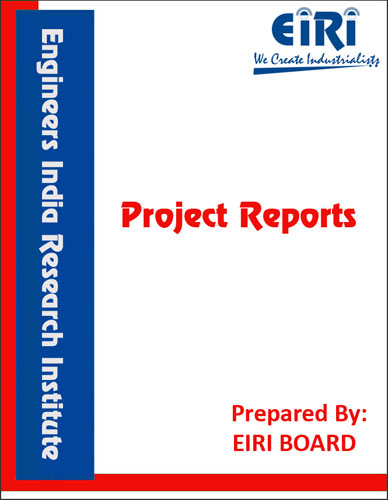UNSATURATED POLYESTER RESINS
The project report includes Present Market Position and Expected Future Demand, Market Size, Statistics, Trends, SWOT Analysis and Forecasts. Report provides a comprehensive analysis from industry covering detailed reporting and evaluates the position of the industry by providing insights to the SWOT analysis of the industry.
We can prepare PROJECT REPORT as per your INVESTMENT PLAN for BANK LOAN REQUIREMENT and INDUSTRY ANALYSIS. All reports are prepared by highly qualified consultants and verified by a panel of experts.
Have Query? Click Here to Chat
Industry Expert is Online, Chat with him for more detail.

Polyester resins are unsaturated resins formed by the reaction of dibasic organic acids and polyhydric alcohols. Polyester resins are used in sheet moulding compound, bulk moulding compound and the toner of laser printers. Wall panels fabricated from polyester resins reinforced with fiberglass — so-called fiberglass reinforced plastic (FRP) — are typically used in restaurants, kitchens, restrooms and other areas that require washable low-maintenance walls.
Unsaturated polyesters are condensation polymers formed by the reaction of polyols (also known as polyhydric alcohols), organic compounds with multiple alcohol or hydroxy functional groups, with saturated or unsaturated dibasic acids. Typical polyols used are glycols such as ethylene glycol; acids used are phthalic acid and maleic acid. Water, a by-product of esterification reactions, is continuously removed, driving the reaction to completion. The use of unsaturated polyesters and additives such as styrene lowers the viscosity of the resin. The initially liquid resin is converted to a solid by cross-linking chains. This is done by creating free radicals at unsaturated bonds, which propagate in a chain reaction to other unsaturated bonds in adjacent molecules, linking them in the process. The initial free radicals are induced by adding a compound that easily decomposes into free radicals. This compound is usually and incorrectly known as the catalyst[citation needed] . Substances used are generally organic peroxides such as benzoyl peroxide or methyl ethyl ketone peroxide.
INTRODUCTION
COMPONENTS OF POLYESTER RESINS
PROPERTIES AND USES
B.I.S. SPECIFICATIONS
MARKET SURVEY
DETAILED IMPORT DATA OF POLYESTER RESIN UNSATURATED
DETAILED EXPORT DATA OF UNSATURATED POLYESTER RESIN
INDIAN EXPORTERS OF POLYESTER RESIN
PRESENT MANUFACTURERS/SUPPLIERS OF
UNSATURATED POLYESTER RESINS
UNSATURATED POLYESTER RESIN
PROCESS OF MANUFACTURE
PROCESS DETAILS
PROPERTIES OF (REINFORCED GRADE POLYESTER RESIN)
PROCESS OF MANUFACTURING OF POLYESTER RESIN (LAMINATE GRADE)
MANUFACTURING PROCESS OF POLYESTER RESIN (ELECTRICAL GRADE)
HARDENABLE UNSATURATED POLYESTER RESIN COMPOSITIONS
ANTISHRINKING UNSATURATED POLYESTER RESIN COMPOSITION
MODIFIED ACRYLIC UNSATURATED POLYESTER RESIN
FLAME-RETARDANT UNSATURATED POLYESTER RESINS
SUPPLIERS OF COMPLETE PLANT AND EQUIPMENTS
FOR UNSATURATED POLYESTER RESINS
SUPPLIERS OF RAW MATERIALS
APPENDIX – A :
1. COST OF PLANT ECONOMICS
2. LAND & BUILDING
3. PLANT AND MACHINERY
4. FIXED CAPITAL INVESTMENT
5. RAW MATERIAL
6. SALARY AND WAGES
7. UTILITIES AND OVERHEADS
8. TOTAL WORKING CAPITAL
9. COST OF PRODUCTION
10. PROFITABILITY ANALYSIS
11. BREAK EVEN POINT
12. RESOURCES OF FINANCE
13. INTEREST CHART
14. DEPRECIATION CHART
15. CASH FLOW STATEMENT
16. PROJECTED BALANCE SHEET



